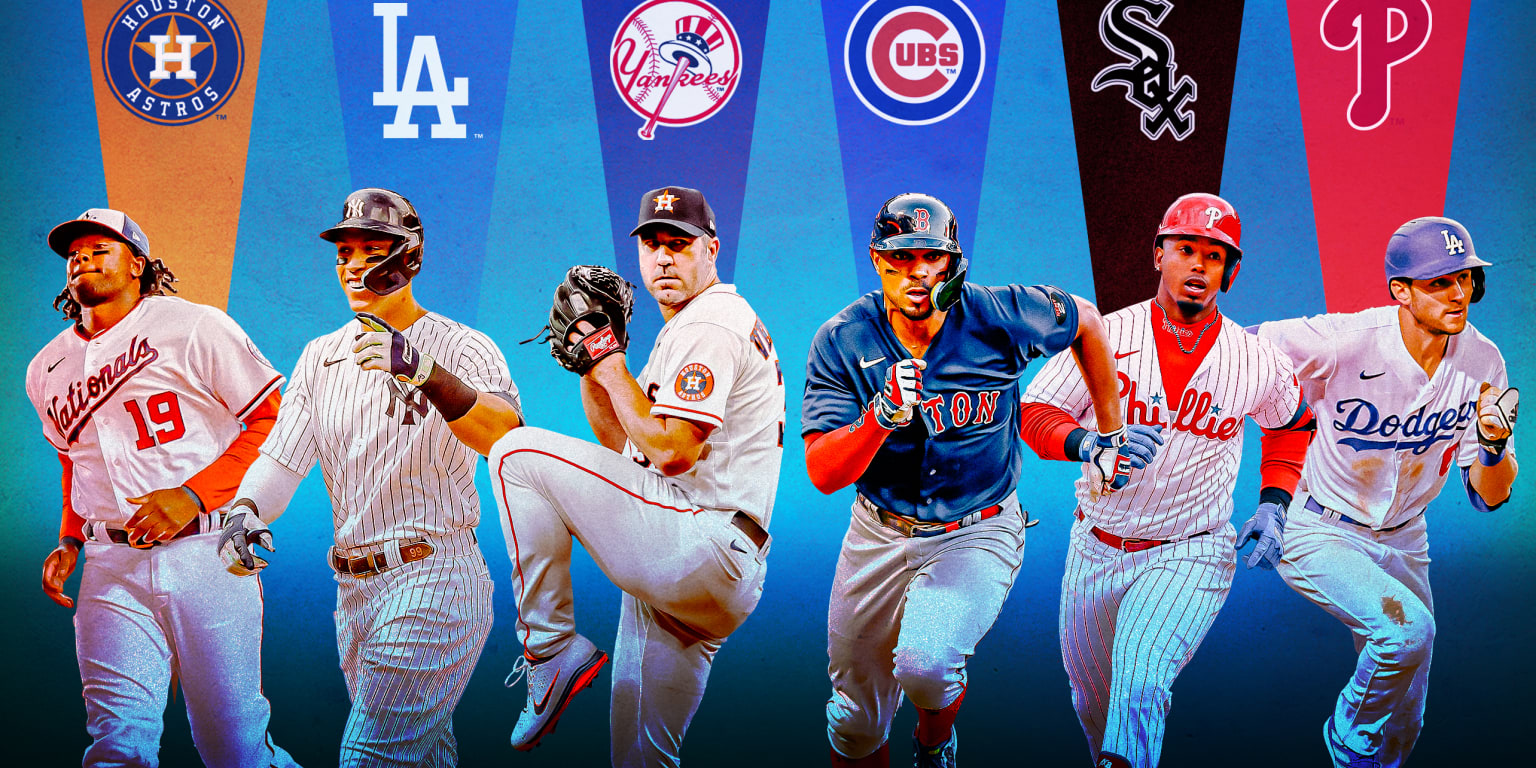Everyone enjoys a good deal. That’s true on a daily basis, but it’s particularly true in this day and age when irresponsible consumption is accepted.
Here at thedaily, we’re following tradition and using Black Friday as a handy framing device to look at some possible free-agent deals. Four players are listed below that we believe will perform better than their upcoming contracts.
Just to let you know, this piece is intended for the seamhead sickos. This column doesn’t contain any clear-cut rebound contenders, like as Tim Anderson or Luis Severino. We’re playing on hard here. That hasn’t stopped us from properly recognising bargains in previous editions, including Josh Harrison, Anthony DeSclafani, Luis Garcia, Carlos Estévez, Pierce Johnson, and Jakob Junis.
Who will 2024 see in the group?
1. Jacob Stallings, C
Stallings recently concluded a terrible two-year stint with the Marlins. He will soon turn 34 years old. Since he was awarded the Gold Glove in 2021, his framing grades have declined. We sense some cause for hope despite all of those arguments against him being written off as an after-his-prime side contributor.
Stallings has a solid approach and a respectable feel for contact, which provide an adequate basis for his offensive abilities. He also has another noteworthy advantage. Studies show that a batter’s average exit velocity may be accurately predicted by looking at how quickly they leave the bat on four-seam fastballs. That’s good news for Stallings, who ranks among the likes of J.T. Realmuto and Willson Contreras with an average exit velocity of 92 mph on four-seamers.
We firmly doubt that Stallings will play in 2024 at the calibre of Realmuto or Contreras. We do believe there’s a chance he hits like he did in the latter part of his Pirates career. With the way the free-agent catching market is going, that potential ought to be sufficient to land him another job.
2. Travis Jankowski, OF
Jankowski was formerly considered one of the top-50 free agents by us, but a few surprise option decisions caused him to fall from that ranking.
One may argue that Jankowski’s inclusion is a year overdue because, as a member of the Rangers that won the World Series, he set a new career high in Wins Above Replacement last season. We argue that given how well his skill set fits the New Game, we believe he could continue to be productive.
Patience is a virtue for Jankowski, a patient slap hitter who has a respectable knack for hitting low-flying balls back up the middle. Due to his rapid speed, he was 19 for 20 on stolen-base tries in the previous season. His best defensive position is on left, where his below-average arm still makes him useful.
That’s the point, even if it seems like a spare outfielder to you. Jankowski isn’t going to be someone’s backup plan with a big multi-year contract. The idea behind having him here is that, if mostly on a rate-stat basis, he’ll fill a part-time position and surpass expectations in terms of output.
3. Cole Waites, RHP
The demand for pitchers with lower arm slots who can throw rising fastballs is one trend in the sport. Waites satisfies both demands. He releases his mid-1990s heater about 65 inches from the ground, imparting more than 17 inches of forced vertical break. That would place him in the 20th percentile for the other exam and the 80th percentile for the former, assuming he met the requirements.
Add a slider that produced over 45% strikeouts in the previous year, and you have the makings of a compelling right-handed bullpen pitcher.
Waites’s control is the catch. In 32 appearances for the minor leagues last season, he walked 27 batters. He walked 22 batters in 41 innings the previous year. While we acknowledge that it’s ridiculous to demand that a pitcher return to walking just 4.8 hitters per nine innings, we believe that, should he succeed, Waites may be a surprise good middle-relief option.
Waites was non-tendered by the Giants earlier this month, indicating that a minor-league deal would be possible.
4. Freddy Pacheco, RHP
After undergoing Tommy John surgery in June, Pacheco did not throw throughout the previous season and may not do so again in 2019. (To be competitive in 2024, a pitcher needs roughly 14 months from tail to tip, so he won’t have much room for error.) It makes sense that the Tigers non-tendered him to free up a space on their 40-man roster. We believe Pacheco has a potential to develop into a smart long-term addition for a certain patient team.
When Pacheco last threw, he was showcasing high-leverage stuff while he was still a member of the Cardinals organisation. We’re talking about a bullet slider with a whiff rate that’s far over average and a mid-1990s heater with a big-time rise.
Pacheco might find himself pitching late in games if he can fully recuperate and maybe acquire some consistency in his location.
